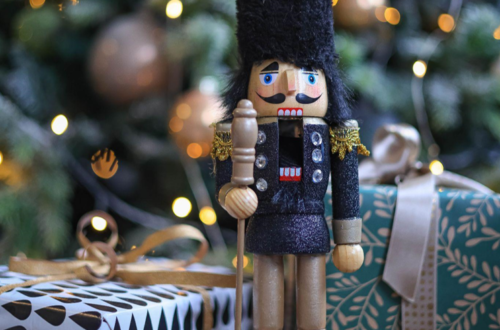
The History and Evolution of Giant Artificial Christmas Trees: An Illustrated Timeline
Introduction
For centuries, people around the world have enjoyed decorating Christmas trees during the holiday season. Christmas trees come in various shapes and sizes but one of the most eye-catching and memorable decorations is an enormous artificial tree. Whether made of metal or plastic, giant artificial Christmas trees are often placed in public squares and parks as a symbol of festive cheer. But where did this Christmas decoration first come from? This article will explore the history and evolution of giant artificial Christmas trees through an illustrated timeline.
Early Years (1800’s)
The earliest known example of a large artificial tree was created by German immigrants living in Pennsylvania back in 1842. The tree was constructed out of goose feathers that had been dyed green, red and white to resemble evergreen branches. It was displayed on the town square to celebrate Christmas Eve with much fanfare and excitement. As years passed, similar-sized feather trees began popping up throughout Europe and North America as part of holiday festivities.
Modernization (1900’s)
In the late 19th century, metal frameworks were used to create larger artificial trees for outdoor displays at public events such as state fairs and festivals. These early “Christmas Trees of Industry” featured hundreds of incandescent light bulbs which illuminated their steel trunks and limbs, providing a spectacular show for spectators. As technology advanced over time, these metal trees were replaced by more durable plastic versions that could be lit up using electric bulbs or LEDs depending on preference. Today’s modern-day giant artificial Christmas trees can reach heights up to 40 feet tall!
Contemporary Applications (2000’s-Present)
Today, big artificial Christmas trees are erected all over the world during both religious holidays and winter celebrations like New Year’s Eve parties. Cities like Tokyo annually erect enormous “Green Illumination Trees” which stand over 250 feet tall while other parts of Europe place grandiose spruce or fir branches near city centers such as Trafalgar Square in London or La Place de la République in Paris during Advent season leading up to Christmas Day. Corporate organizations also use giant fake furs to promote their businesses during the holidays by placing them next to iconic landmarks or inside shopping malls/plazas where they become attractions unto themselves!
Reasons Behind Their Popularity & Sustainability
Giant artificial Christmas trees have become popular for numerous reasons including their impressive size which draws attention from onlookers no matter where it is placed; their easy setup process since they don’t require any tools; their low cost compared to natural evergreens due to not needing regular maintenance; and their ability to be reused year after year without having to suffer from yearly wear and tear like real coniferous plants do when exposed outdoors for long periods of time. Moreover, these structures are now often composed with eco-friendly materials such as recycled plastic bottles which makes them more sustainable than traditional wooden models from decades ago.
Conclusion
From handmade feather creations crafted by German immigrants centuries ago, giant artificial Christmas trees have evolved into awe-inspiring fixtures seen worldwide today in malls, cities, towns and villages alike! Not only do they bring joy each winter season but also spark conversations about sustainability due to their green initiatives hence making them beautiful yet important symbols both visually AND ecologically speaking!




